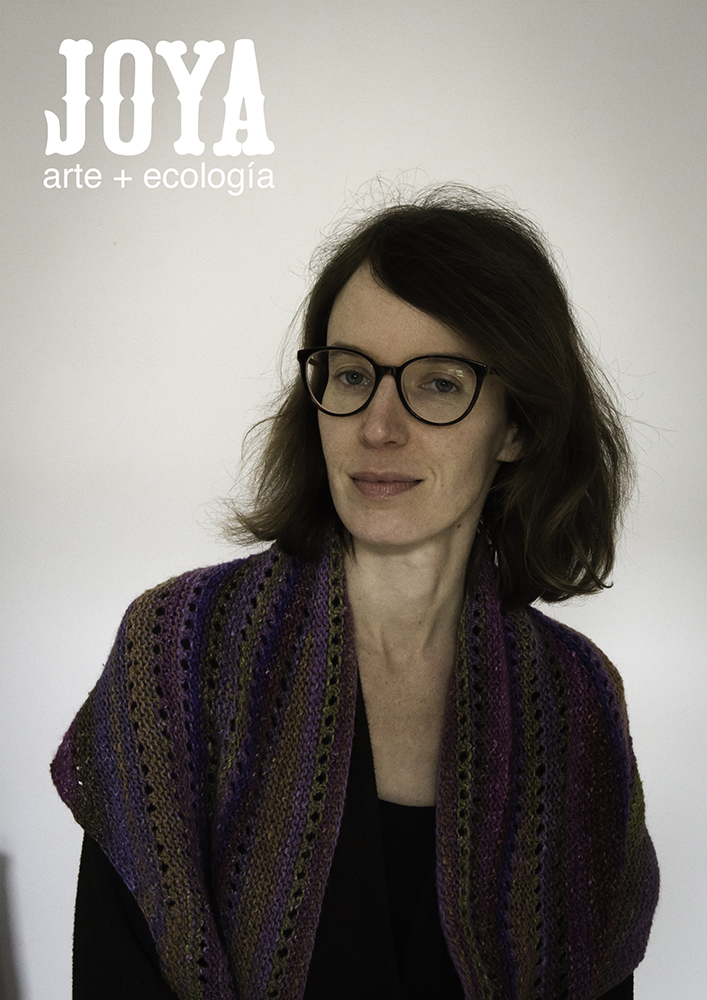Joya: AiR / Anne Gough / USA
WALK // WRITE
How to walk an inquiry? How to walk an inquiry into, through and with a new landscape? These were the questions that propelled me during a magical week residency at Joya: AiR. I was seeking to build a disciplined artistic research practice with time divided between writing and walking and generating questions, materials and representations.
Everyday, after a morning of writing, my partner and I set out into the terraced valley or up the hillsides surrounding Joya. Simon gave us ideas and directions and we set out to explore a landscape steeped in agricultural history and characterised by almonds and Aleppo pine trees. The human relationship with the environment surrounds us.
We played with Donna Landry’s position that “walking means aligning oneself to some extent with a rebellious reclaiming of common rights”. We took roads and designated paths, but also scrambled up and down ramblas, fire breaks, terraces, and the edges of fields between pines, oaks, almonds and aromatic bushes of rosemary and juniper. Sometimes we followed animal tracks, searching for signs of their habitation and paths.
As we talked with how to represent our walks, we experimented with perspective.
From the soil
Some experiments were more successful than others, and I am grateful for the opportunity to fail with some of them. Unable to reach photographs that combine aesthetics and significance. To see what did not work, with the aim of moving towards what Donna Harawy has termed the “embodied nature of all vision… to reclaim the sensory system that has been used to signify a leap out of the marked body and into the conquering gaze from nowhere”. But the gaze from nowhere is abundant in contemporary life and so time and discipline are required to reclaim the sensory system to perceive our nature-culture context.
The daily walking fed my writing project. I came with an ongoing project on visual culture of the environment and emancipatory movements and struggles, with the work of Thomas Sankara, leader of Burkina Faso in the 1980s as the foundation. It is a project with a deadline as it must be a readable book chapter soon. I found the walking and thinking while in motion helped to focus my energies when it came to write. I saw lines of connections in the materials and visual arguments I am working with that I would not have seen without the walking practice.
I came to Joya: hungry for inspiration to build a practice and I found it. It is difficult to write or work or produce work without such creative sustenance. Some of this can be found in the details of the experience. The beauty of the home and the care taken with design and colours. The wonderful dinners and conversations at the table with Simon, Donna and other resident artists. Often our talk invariably turned to the imploding political situation in the United States, my home country. How ironic is it that pine trees native to Syria travel throughout the rolling hills of Europe while the people of Syria are formally refused refuge in the country famous for offering refuge? While working on my writing project I came across this reflection from the curator Bonaventure Soh Bejeng Ndikung, “Instead of dwelling in a state of paralysis and dumbfounded déja vécu, we could rather reminisce on Sankara’s words to help us understand the status quo and equip us to pose questions that might pave a way out or solve the current conundrum.”

